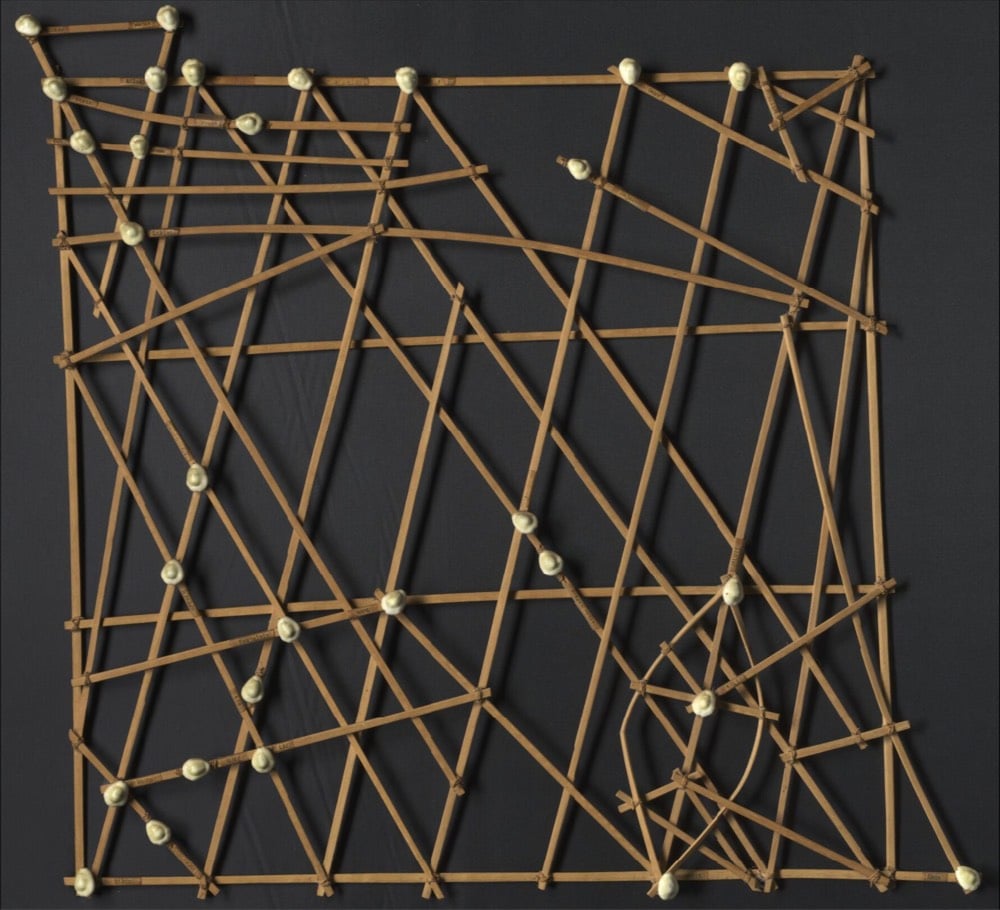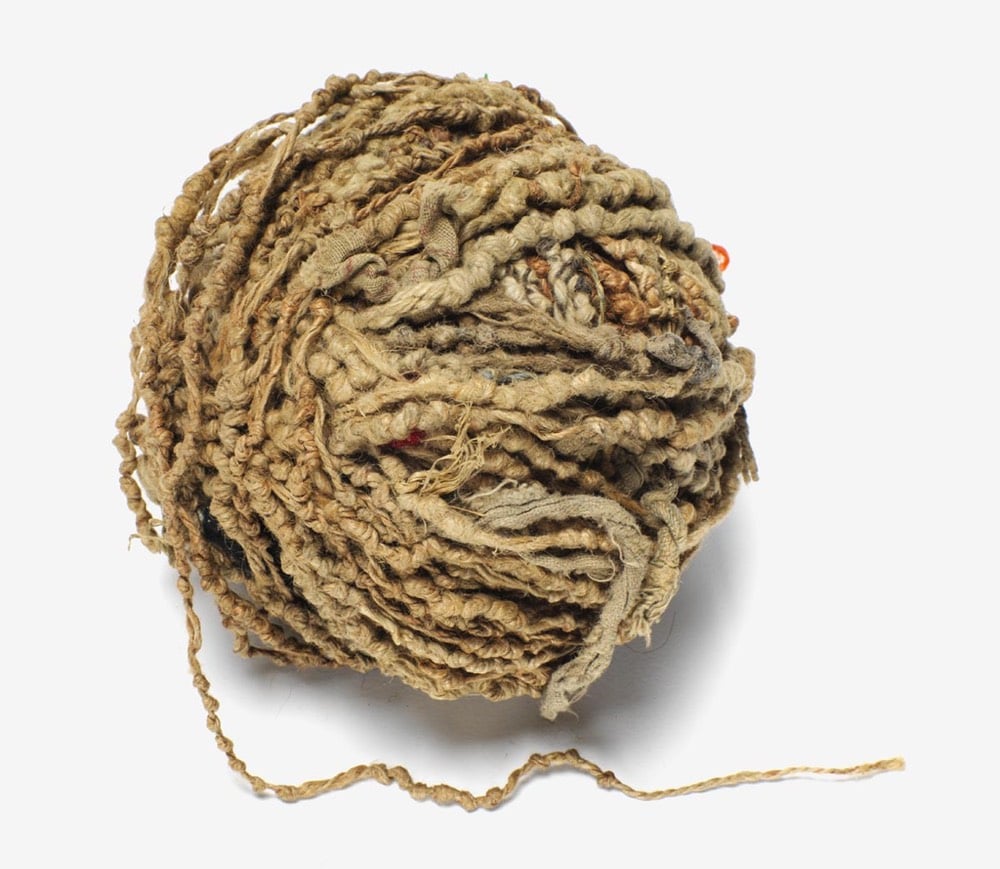Physical Data Visualizations
For almost as long as we’ve had civilization, people have been making data visualizations.1 The availability of paper and screens has exploded their creation in the last few hundred years, but the earliest visualizations were made from physical objects. This list contains more than 300 examples of physical visualizations and related artifacts and is absolutely fascinating (the older artifacts in particular). Take these stick charts from the Marshall Islands for example:

These physical visualizations show ocean swell patterns, and were built by native Micronesians from the Marshall Islands to facilitate canoe navigation. They were memorized before trips. The Western world remained unaware of the existence of these artifacts until 1862.
The photo above is a stick chart from 1974. Straight sticks represent regular currents and waves, curved sticks represent ocean swells, and seashells represent atolls and islands.
And Yakama time balls:

Women from the Yakama Native American tribe used strings of hemp as personal diaries. Each major event in their life was represented by a knot, a bead or a shell. This mnemonic device is called an Ititamat, or counting-the-days ball, or simply time ball.
A young woman would use a time ball to record her courtship, marriage, and other experiences using a system of knots and beads that only she could decipher. As she grew older, a woman might have several time balls with which to share her life story or keep those memories private. When she passed on, they were buried with her.
The ball of twine grew in size as time passed and as events occurred. The women would sometimes divide the twine into 25-year lengths to make it more manageable. When the women were very old, they could use the knots and beads of their time balls to recall not only what happened in their lives but when the events occurred. They could easily recount when their children were born, when they moved away, and other major experiences.
You can read more about stick maps in the Smithsonian magazine and more about time balls at the Realm of the Lone Grey Squirrel.
And visualizations probably enabled civilization. Or is it the other way around?↩





Stay Connected